Soy Sauces - Essential for Japanese Cuisine
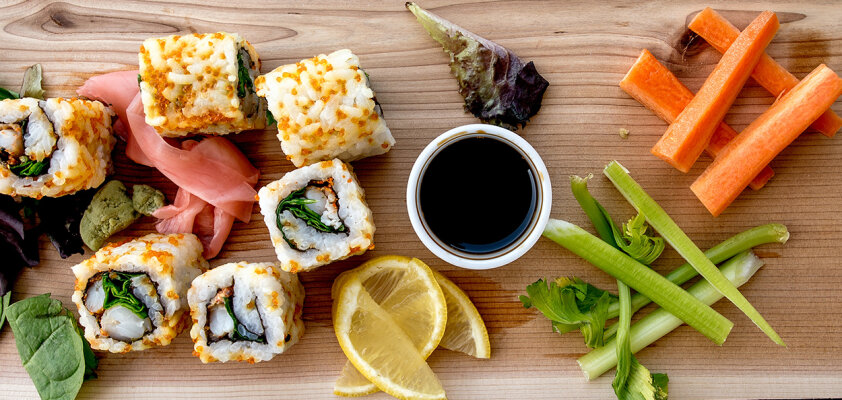
The attractive bottles of spicy sauce made from soybeans are an essential part of any Japanese restaurant. They stand at the sushi bar, have their designated place at the teppanyaki, and can be found in every well-stocked supermarket. Japanese soy sauce is considered particularly high-quality and is traditionally used to give fish, meat, rice, or vegetables a flavorful and slightly salty touch. The foods are either soaked in the sauce or marinated with it just before consumption. Whether for dipping delicious sushi or as an ingredient for teriyaki skewers - this sauce offers an incredible variety of uses.

How is soy sauce actually made?
Traditionally made Japanese soy sauce, also known as Shoyu, is crafted from soybeans, wheat, salt, and water. The soybeans are first ground and steamed. After that, they are mixed with roasted and crushed wheat, which, depending on the proportion, imparts a subtle sweetness and a lightly caramelized flavor to the sauce. The master brewer then introduces specific microorganisms to this dry mash, initiating the desired fermentation process. Salt and water are added and thoroughly mixed with the mash. The sauce matures in special barrels, where the proteins from the soybeans break down. Depending on the duration of fermentation, ambient temperature, and storage conditions, the end product acquires its unique taste. The aging process takes several months and, for particularly high-quality products, can extend up to five years. In the past, Shoyu was homemade in many Japanese households using basic ingredients and stored as an essential supply in barrels or beautiful clay jugs.
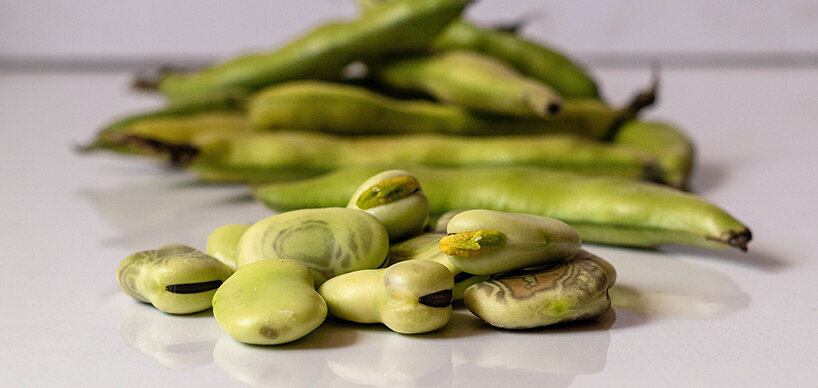
What types of soy sauce are there?

Japanese soy sauce is available in various variants, including:
- Dark Soy Sauce (Koikuchi Shoyu)
- Light Soy Sauce
- Sweet Soy Sauce
- Teriyaki Sauce
- Tamari Soy Sauce
- Gluten-free Soy Sauce
The most well-known brand is likely the soy sauce from Kikkoman. Other brands such as Pearl River Bridge or products from small artisanal producers can be found in Asian shops or directly from the manufacturers. There are also distinctions in varieties such as Koikuchi, Usukuchi, Tamari, Shiro, and Saishikomi, which differ in taste, the proportion of wheat, and their intensity. The most common is the dark sauce Koikuchi Shoyu, which has a very intense flavor, a dark brown color, and relatively low sugar content.
Not only in Japan, but throughout Asia, you can find high-quality soy sauces. Producers like Healthy Boy from Thailand offer a wide range of soy sauces. They should not be confused with fish sauce or Worcestershire sauce, which are made from completely different ingredients and often contain even more salt in comparison.
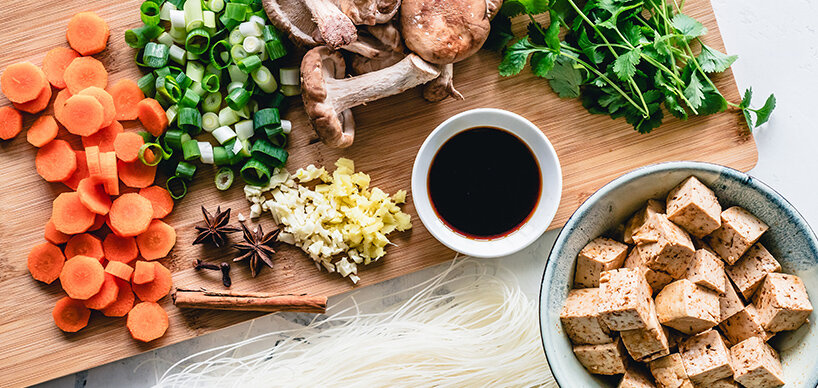
Japanese recipes with soy sauce
If you want to cook healthily, you can confidently use soy and all products made from this versatile bean. The vegan product is characterized by a delicate flavor that adds an interesting note to any otherwise bland dish. Instead of salt, many Asian chefs use soy sauce in their recipes. However, it's essential to be careful with its use to avoid overpowering the taste of other ingredients.
Recipe with beef or pork with soy sauce
 2 personsNo. of persons
2 personsNo. of persons
 ca. 45 minutesTotal Time
ca. 45 minutesTotal Time
 easyLevel of difficulty
easyLevel of difficulty
 main mealDish
main mealDish
 ca. 350kcal per portionCalories
ca. 350kcal per portionCalories
 Meat
Meat
 Alcohol
Alcohol
 Kitchenware
Kitchenware
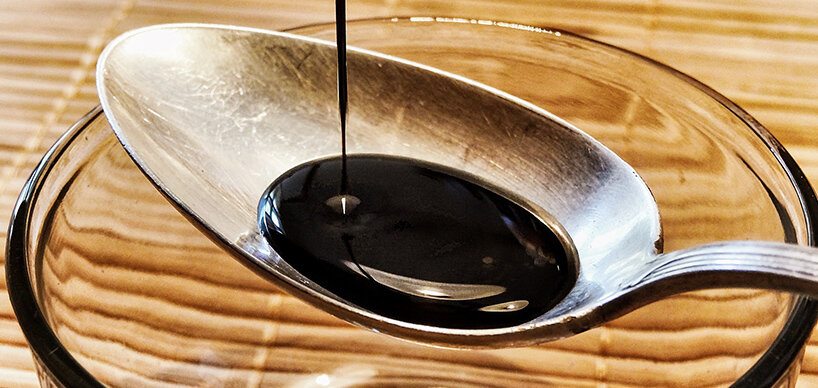
|
1/2 tsp
mustard powder
|
|
30ml
mirin (rice wine)
|
|
30ml
soy sauce
|
|
30ml
clear poultry stock
|
|
1 tsp
sugar
|
|
1/2 tsp
food starch
|
|
200g
beef fillet or pork fillet
|

Recipe Chicken with soy sauce
 2 personsNo. of persons
2 personsNo. of persons
 ca. 45 minutesTotal Time
ca. 45 minutesTotal Time
 easyLevel of difficulty
easyLevel of difficulty
 main mealDish
main mealDish
 ca. 350kcal per portionCalories
ca. 350kcal per portionCalories
 Meat
Meat
 Alcohol
Alcohol
 Kitchenware
Kitchenware
|
400g
chicken breast fillet
|
|
1
garlic clove
|
|
1 piece
ginger
|
|
1
red chili
|
|
1 tbsp
light soy sauce
|
|
1 tsp
sesame oil
|
|
1 tsp
ketchup
|
|
1 tbsp
honey
|
|
1 tsp
dark soy sauce
|
|
1 tbsp
peanut oil or sunflower oil
|
|
a pinch of sugar
|

Recipe for refining soups
Dark soy sauce goes well with all vegetable soups and also with meat broth. It can subtly enhance the flavor of a miso soup or add an exotic touch to a pumpkin cream soup. It tastes great in an Asian noodle soup that requires little to no additional salt. If you want to cook healthily, be mindful of the salt content when using shoyu. Also, be aware that gluten may be present in the sauce due to the wheat used in its production.
Recipe with vegetables and tofu
 2 personsNo. of persons
2 personsNo. of persons
 ca. 45 minutesTotal Time
ca. 45 minutesTotal Time
 easyLevel of difficulty
easyLevel of difficulty
 main mealDish
main mealDish
 ca. 250kcal per portionCalories
ca. 250kcal per portionCalories
 Meat
Meat
 Alcohol
Alcohol
 Kitchenware
Kitchenware
|
250g
smoked tofu
|
|
1
small zucchini
|
|
100g
mung bean sprouts
|
|
150g
sugar snap peas
|
|
100g
spiked cabbage
|
|
1 tbsp
peanut oil
|
|
1 tbsp
unsalted peanuts
|
|
1
vegetable peppers
|
|
1 bunch
coriander
|
|
3 tsp
soy sauce
|
|
salt
|

Brewed soy sauce offers an incredible variety to enrich a healthy diet with delicate flavors. Many recipes use this seasoning sauce to impart a fine umami taste to rice, vegetables, or tofu. It is also very popular for noodles. Those who value high quality can look for products with traditional production methods that provide a truly special flavor experience. Low-salt soy sauce, free from artificial colors (E-numbers!), is considered healthy. Give it a try and explore different soy sauces along with new exotic recipe ideas!

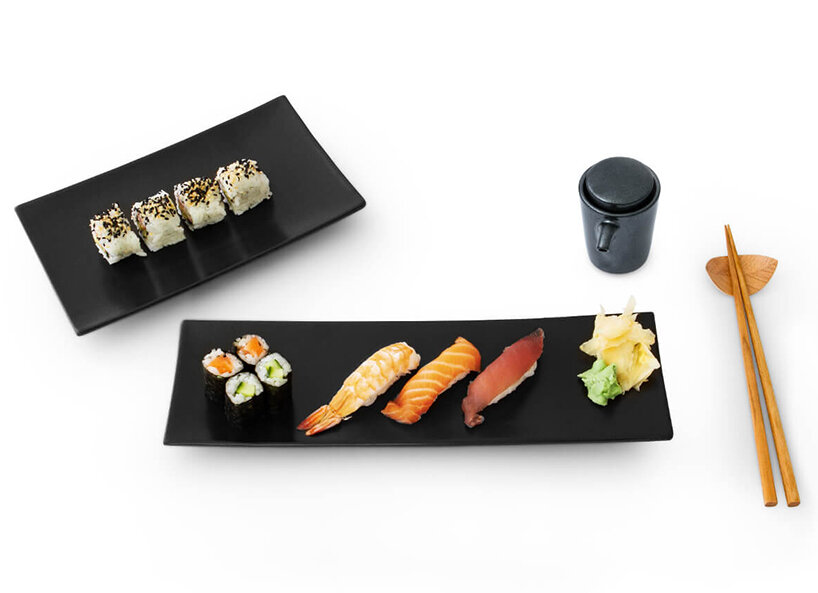
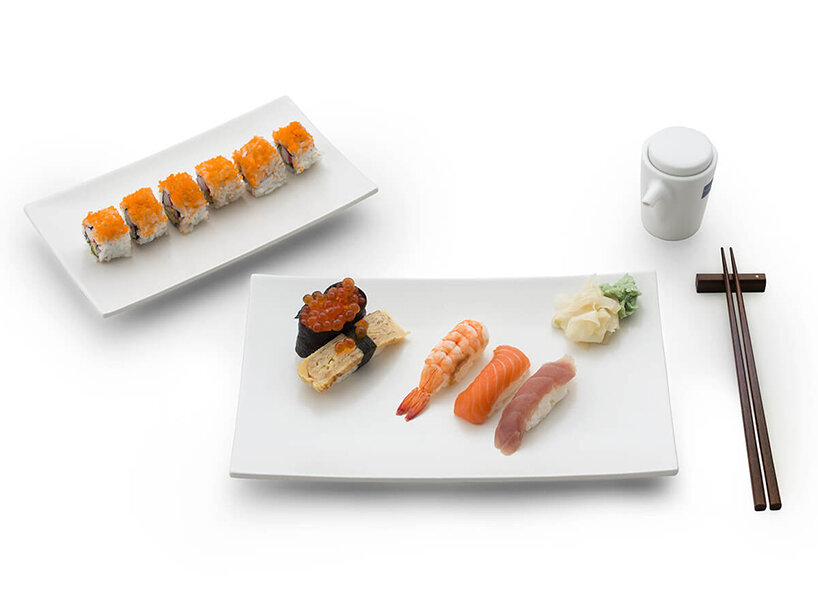

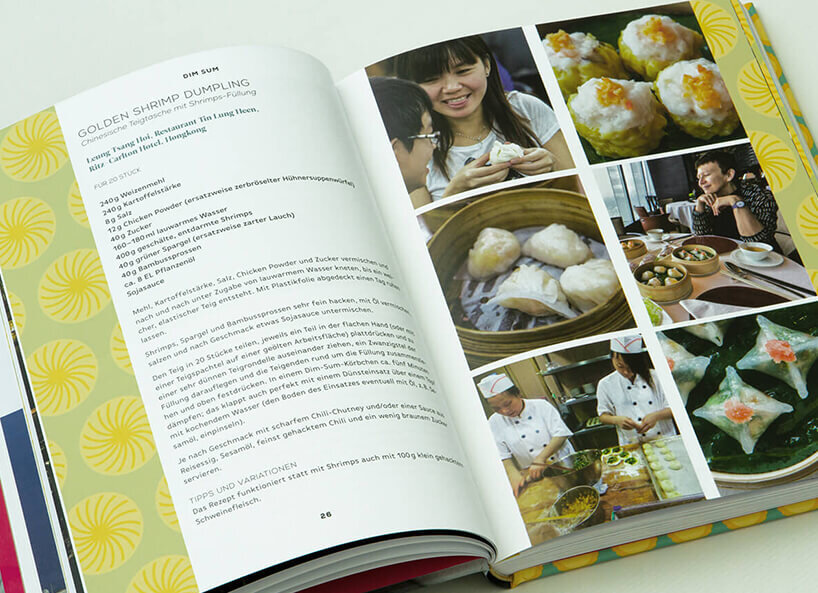










-from-the-yakiyaki-grill-pan.jpg)




